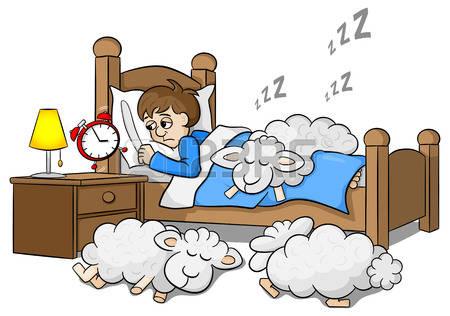
Written By Nearpeer Mar 8, 2018
A person experiencing sleep paralysis will find they are temporarily unable to move or speak when they wake up, or are falling asleep.
This paralysis can last from seconds to minutes. While it can be frightening, sleep paralysis is not harmful to the body or overall health.
Sleep paralysis may affect someone just once, or it may happen frequently, sometimes several times a night.
Sleep paralysis is a feeling of being conscious but unable to move. It occurs when a person passes between stages of wakefulness and sleep. During these transitions, you may be unable to move or speak for a few seconds up to a few minutes. Some people may also feel pressure or a sense of choking. Sleep paralysis may accompany other sleep disorders such as narcolepsy. Narcolepsy is an overpowering need to sleep caused by a problem with the brain's ability to regulate sleep.
Is sleep paralysis a sign that something serious is wrong?
Sleep researchers say that in most cases, sleep paralysis is simply a sign that your body is not moving smoothly through the stages of sleep. Rarely is sleep paralysis linked to underlying psychiatric problems.
When does sleep paralysis usually occur?
Sleep paralysis usually occurs at one of two times. If it occurs while you are falling asleep, it's called hypnagogic or predormital sleep paralysis. If it happens as you are waking up, it's called hypnopompic or postdormital sleep paralysis.
What happens with hypnagogic sleep paralysis?
As you fall asleep, your body slowly relaxes. Usually you become less aware, so you do not notice the change. However, if you remain or become aware while falling asleep, you may notice that you cannot move or speak.
What happens with hypnopompic sleep paralysis?
During sleep, your body alternates between REM (rapid eye movement) and NREM (non-rapid eye movement) sleep. One cycle of REM and NREM sleep lasts about 90 minutes. NREM sleep occurs first and takes up to 75% of your overall sleep time. During NREM sleep, your body relaxes and restores itself. At the end of NREM, your sleep shifts to REM. Your eyes move quickly and dreams occur, but the rest of your body remains very relaxed. Your muscles are "turned off" during REM sleep. If you become aware before the REM cycle has finished, you may notice that you cannot move or speak.
Who develops sleep paralysis?
Up to as many as four out of every 10 people may have sleep paralysis. This common condition is often first noticed in the teenage years. But men and women of any age can have it. Sleep paralysis may run in families. Other factors that may be linked to sleep paralysis include:
A lack of sleep
A sleep routine that changes
Mental health conditions such as stress or bipolar disorder
Sleeping on the back
Other sleep problems such as narcolepsy or night-time leg cramps
Use of certain medications
Substance abuse
0 Claps